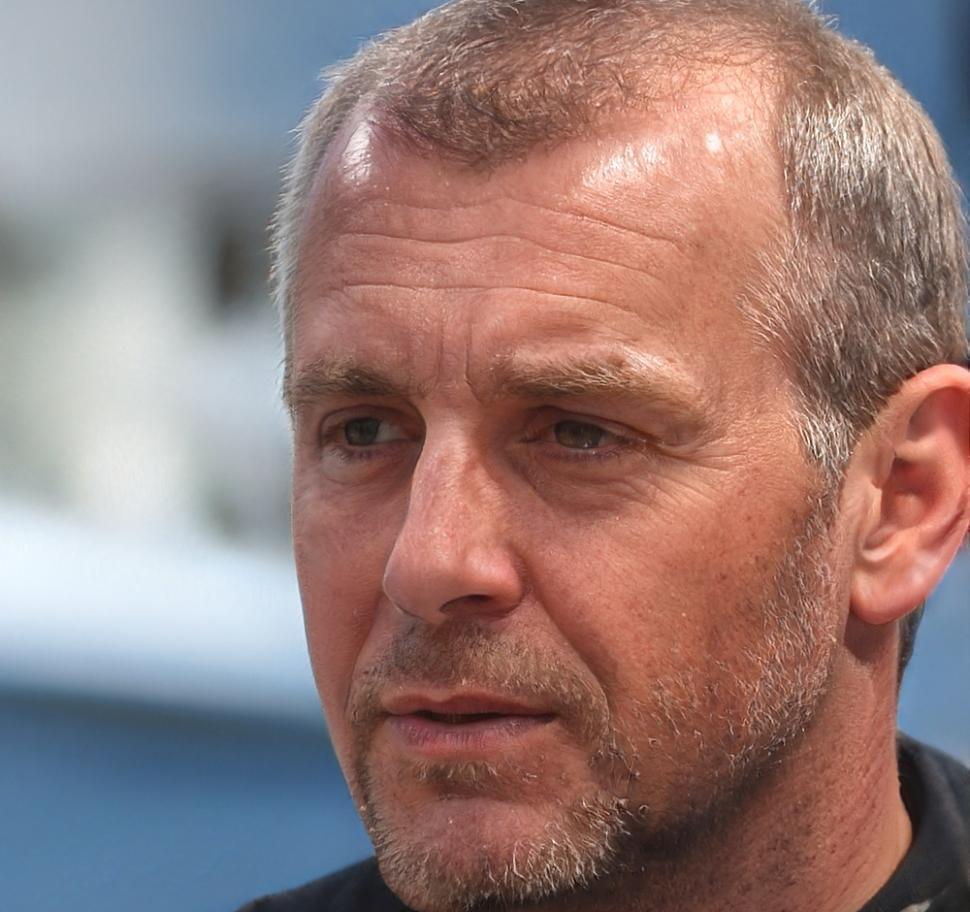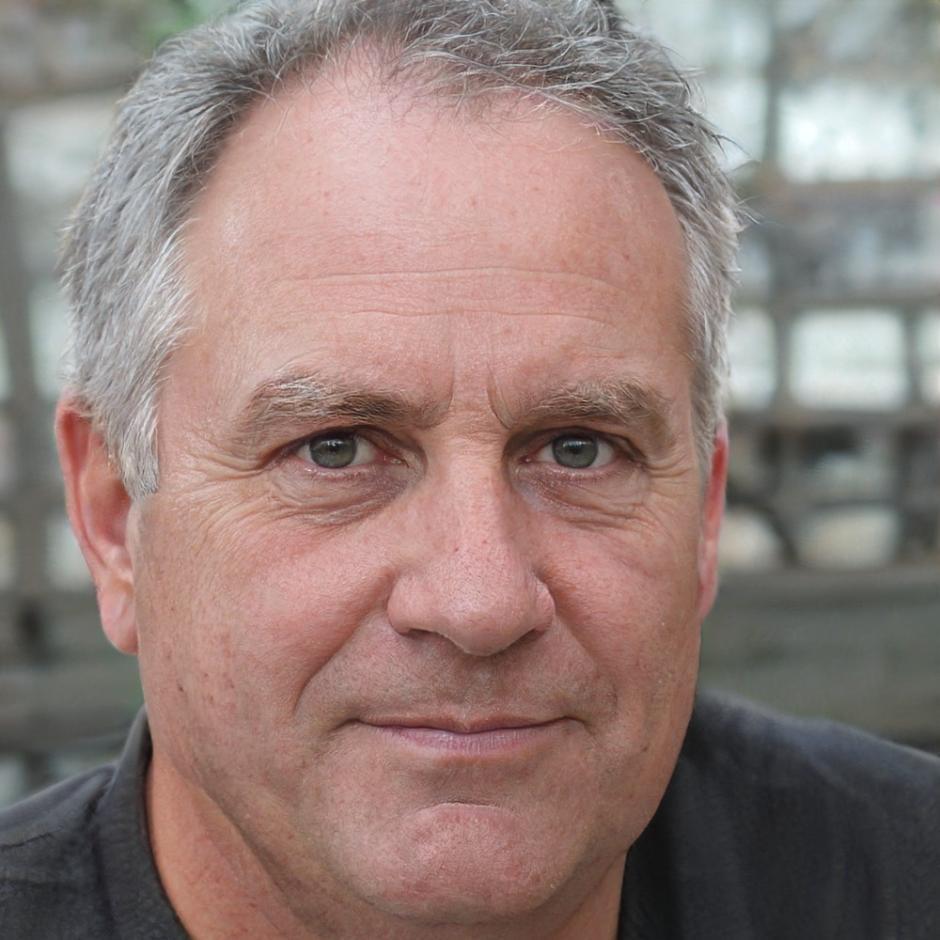Building Financial Confidence Through Real Scenarios
We don't teach abstract concepts. Our approach centers on practical scenario modeling that mirrors the financial decisions you'll actually face in Australian markets.
Students report increased confidence in financial planning
Unique scenario models covered across programs
Years refining our teaching methodology
Students trained since 2010
How We Actually Teach
Most finance courses throw formulas at you and call it education. We build understanding through repeated exposure to realistic situations. You learn by doing, not memorizing.
Case-Based Learning
Every session starts with a real scenario. Maybe it's a Sydney couple planning retirement, or a Brisbane business owner evaluating expansion. You work through the variables, test assumptions, and see how small changes ripple through outcomes.
Iterative Modeling
You'll build the same type of model multiple times with different parameters. This repetition isn't busywork – it's how pattern recognition develops. By the fifth iteration, you'll spot issues before running numbers.
Guided Discovery
We don't hand you answers. Instead, instructors ask questions that push your thinking. When a model produces unexpected results, we explore why together. The breakthrough moments happen when you figure it out yourself.
"I'd taken other finance courses and retained almost nothing. corivantalor's approach made things stick because I was constantly applying concepts to different situations. Three months later, I still remember the scenarios we worked through."
"The instructor never just told us we were wrong. She'd ask 'what happens if interest rates shift?' or 'how does inflation affect this?' – questions that made us think deeper. That's proper teaching."

The Four-Phase Learning Framework
Over the years, we've refined our approach into a clear progression. Students move through these phases at their own pace. Some race through foundation work in weeks. Others take months to really absorb the patterns. Both paths work.
What matters is that each phase builds genuine capability. We've watched too many people complete finance courses without retaining practical skills. Our framework prioritizes depth over speed.
Foundation Scenarios
Start with straightforward models involving single variables. Personal budgets, simple investment comparisons, basic loan calculations. You learn the mechanics before adding complexity.
Multi-Variable Analysis
Introduce multiple moving parts. How do tax changes interact with investment returns? What happens when property values shift alongside interest rates? You start seeing how financial systems interconnect.
Uncertainty Modeling
Add probability ranges and sensitivity analysis. Not every input is fixed – markets fluctuate, circumstances change. You learn to model different outcomes and assess which variables matter most.
Complex Situations
Tackle realistic messy scenarios with incomplete information. Business valuations, retirement planning with multiple income streams, investment portfolios with tax implications. This is where everything comes together.
What You'll Actually Be Able To Do
We measure success by capability, not completion rates. Here's what develops through our programs, based on what past students tell us they use regularly.
Build Custom Financial Models
Create scenario models from scratch for any situation you encounter. Not templates you fill in – actual models you design based on the specific variables and relationships that matter for that context.
Interpret Model Outputs Critically
Know when results make sense and when something's off. Spot unrealistic assumptions, identify which inputs drive outcomes most, and explain findings to others without drowning them in jargon.
Make Better Financial Decisions
Use scenario analysis to inform actual choices. Not guaranteed outcomes – we can't promise that – but informed thinking about tradeoffs and probabilities. That's what financial literacy actually looks like.
Ready to learn scenario modeling properly?
Our next intake begins August 2025. Programs run six to twelve months depending on depth. Visit us in Coffs Harbour or reach out to discuss which path suits your background.

